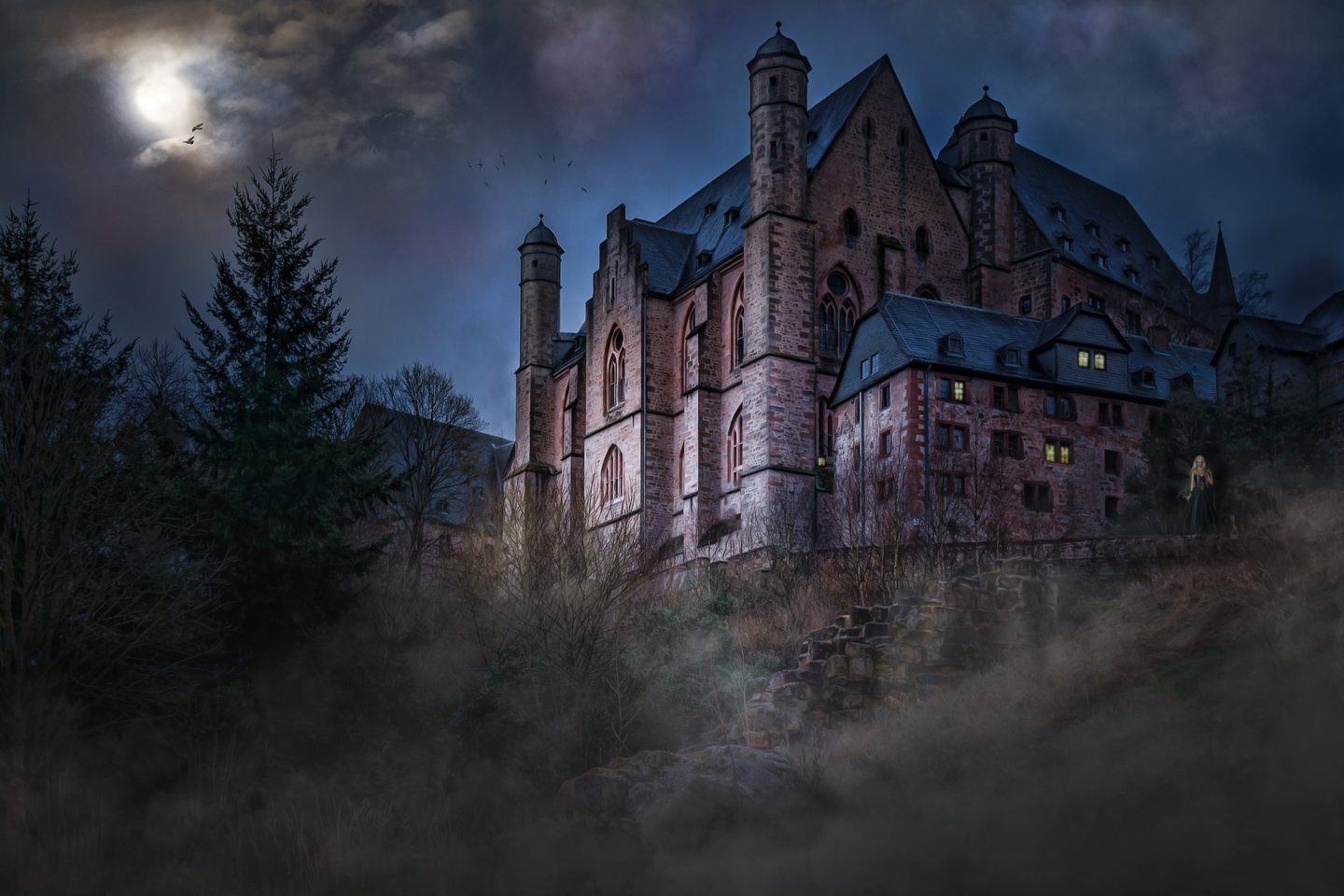Gothic fiction has captured the imaginations of readers for centuries. From Bram Stoker’s “Dracula” to Mary Shelley’s “Frankenstein,” these works are known for their dark and foreboding environments, eerie characters, and unsettling events. One of the key elements of Gothic fiction is the creation of immersive environments that transport readers into a world that is both familiar and strange. Let’s explore the art of world-building in Gothic fiction and how it contributes to its enduring appeal.
Establishing a Sense of Place
The first step in creating an immersive environment in Gothic fiction is to establish a sense of place. This involves creating a detailed setting that is both realistic and atmospheric. The setting should be described in such a way that readers can imagine themselves in the world that has been created.
Complex and Compelling Characters
Another important world-building aspect in Gothic fiction is creating complex and compelling characters. These characters should be fully realized with their own histories, motivations, and desires. They should be flawed, human, and relatable, even if they are supernatural or otherworldly.
Symbolism and Imagery
Symbolism and imagery are also crucial in world-building in Gothic fiction. These elements can create a sense of unease or foreshadow events that will take place later in the story. For example, the use of dark and shadowy imagery in “Dracula” creates a sense of foreboding and danger.
Sense of History and Mythology
Finally, world-building in Gothic fiction should also involve the creation of a sense of history and mythology. This can be accomplished by employing ancient legends, myths, and folklore, which can add depth and richness to the world that has been created.
In conclusion, world-building is crucial to creating an immersive and engaging environment in Gothic fiction. Through the use of detailed settings, complex characters, symbolism and imagery, and a sense of history and mythology, writers can transport readers into a world that is both familiar and strange. By mastering the art of world-building, writers can create stories that endure for generations and captivate readers for years to come.
The Profitt: An Immersive Gothic Read
The book “The Profitt” by K.C. Cherry is a prime example of the art of world-building in fiction. The story revolves around Celest, a young girl with exceptional abilities that set her apart from her mundane surroundings. The novel uses detailed settings, complex characters, and symbolism to create an immersive world that draws readers in and keeps them engaged throughout the story.
“The Profitt” uses the setting to create an atmosphere that sets the tone for the story. The small farm where Celest’s family lives is described in great detail, allowing readers to imagine themselves in the setting. The story also draws on mythology, revealing hidden truths and transforming Celest’s existence. The use of symbolism and imagery adds depth and meaning to the story, and the revelations that Celest uncovers draw others toward her, creating a sense of history and tradition.

The book’s captivating story, relatable characters, and enchanting world-building make it a must-read for fans of young adult fiction. So don’t miss out on this masterpiece; give it a shot and immerse yourself in the world of magic, mystery, and fantasy.


